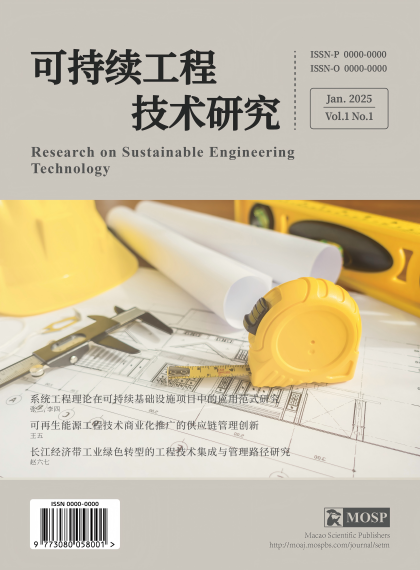摘 要:
“一带一路”倡议的实施推动了跨境绿色基础设施项目的快速发展,但因其复杂性和国际化特性,这些项目面临着较高的风险管理需求。本文以跨境绿色基建项目为研究对象,旨在分析现有风险分担机制的不足,提出一种风险共担模型。在研究过程中,综合运用国际项目管理理论、博弈理论及风险分配方法,对项目主要风险类型进行分类与量化分析,建立基于参与国政府、企业与多边机构协同合作的风险共担框架。研究结果表明,该模型能够有效分散因政治、经济、技术及环境引发的项目风险,促进各方利益共享与责任分担。研究的意义在于为“一带一路”绿色基建项目的顺利实施提供理论支持,同时为相关政策制定和国际项目实践提供参考,有助于降低项目实施的风险并增强区域协作的可持续性。
关键词:“一带一路”倡议;跨境绿色基建;风险共担模型;国际项目管理
Abstract:
The implementation of the "Belt and Road Initiative" has promoted the rapid development of cross-border green infrastructure projects. However, due to their complexity and international characteristics, these projects are facing high risk management requirements. This paper takes cross-border green infrastructure projects as the research object, aiming to analyze the deficiencies of the existing risk-sharing mechanism and propose a risk-sharing model. During the research process, international project management theories, game theories and risk allocation methods were comprehensively applied to classify and quantitatively analyze the main risk types of the project, and establish a risk-sharing framework based on the collaborative cooperation among the governments, enterprises and multilateral institutions of the participating countries. The research results show that this model can effectively disperse the project risks caused by politics, economy, technology and environment, and promote the sharing of benefits and responsibility among all parties. The significance of this research lies in providing theoretical support for the smooth implementation of green infrastructure projects under the Belt and Road Initiative, as well as offering references for the formulation of relevant policies and international project practices. It helps to reduce the risks of project implementation and enhance the sustainability of regional collaboration.
Keywords: "The belt and road initiative" ;Cross-border green infrastructure ;Risk sharing model ;International project management
--
